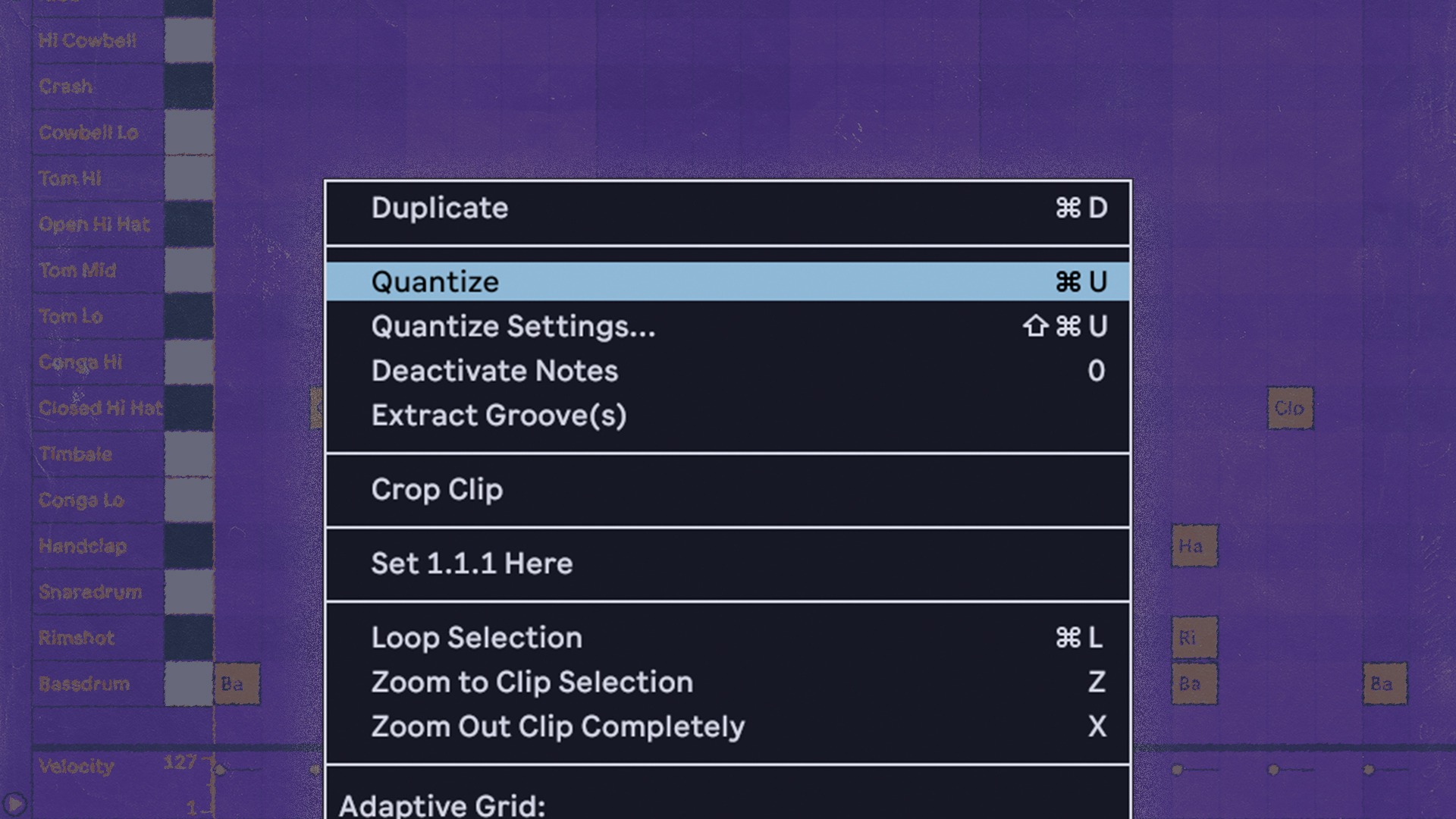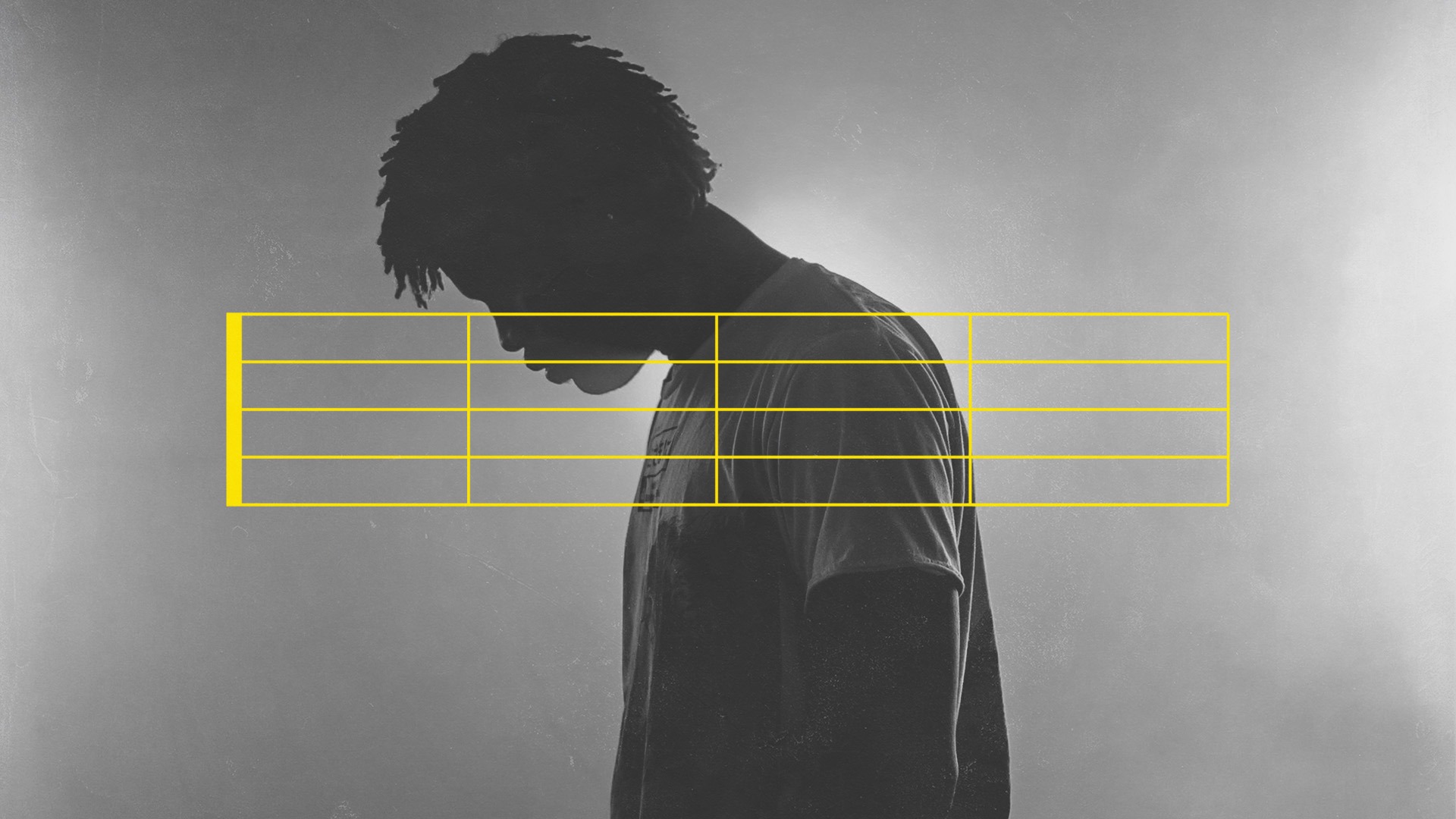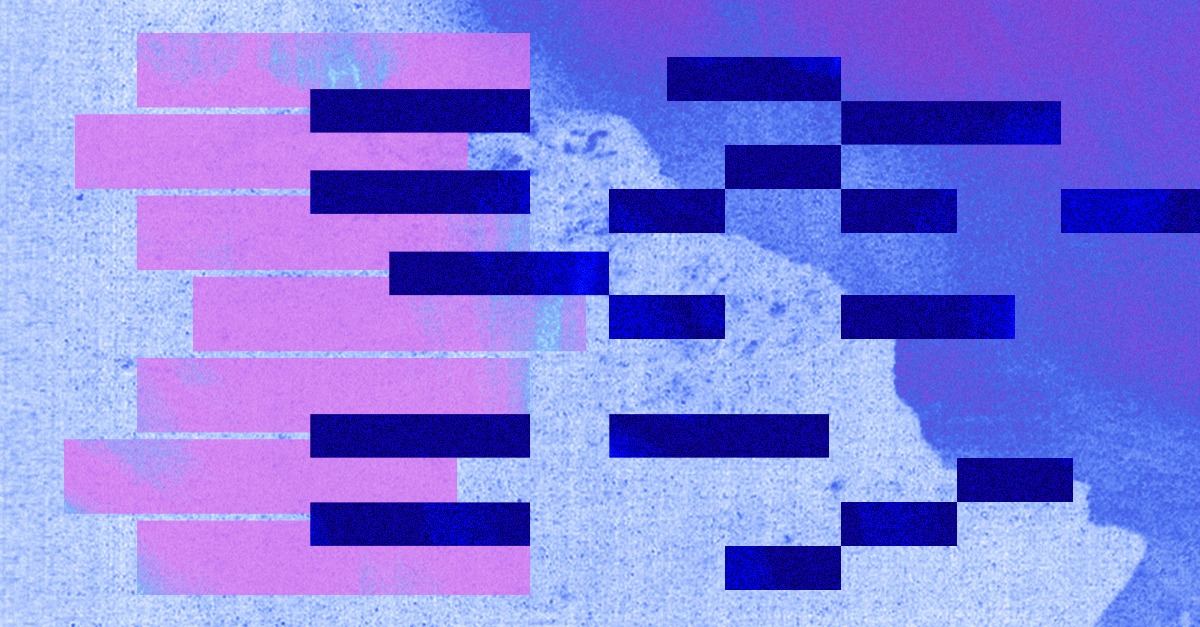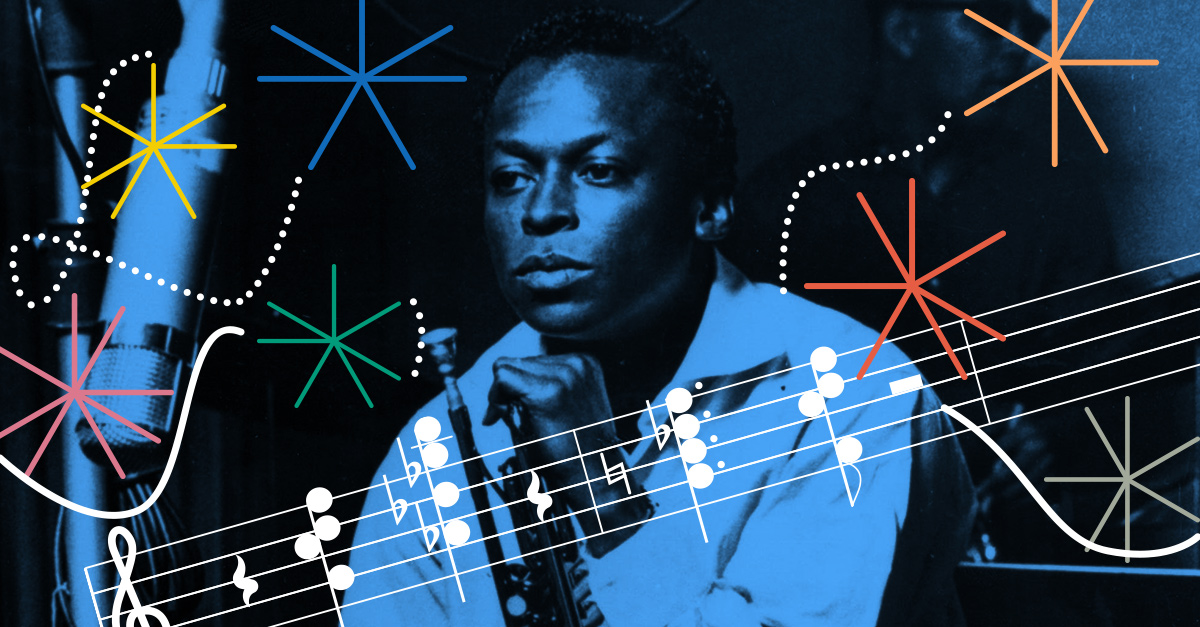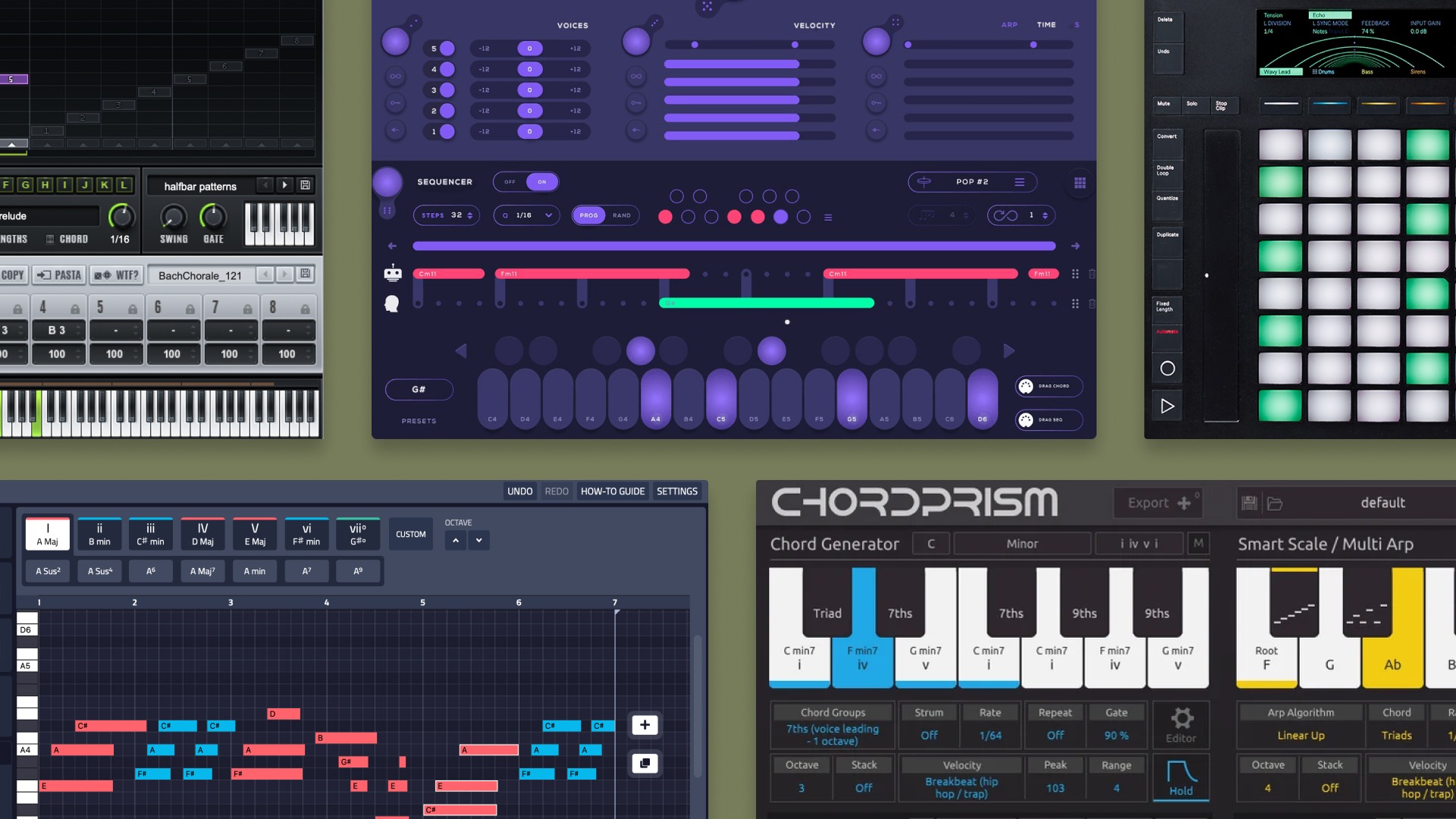
How to Use the Mixolydian Mode to Write Better Songs
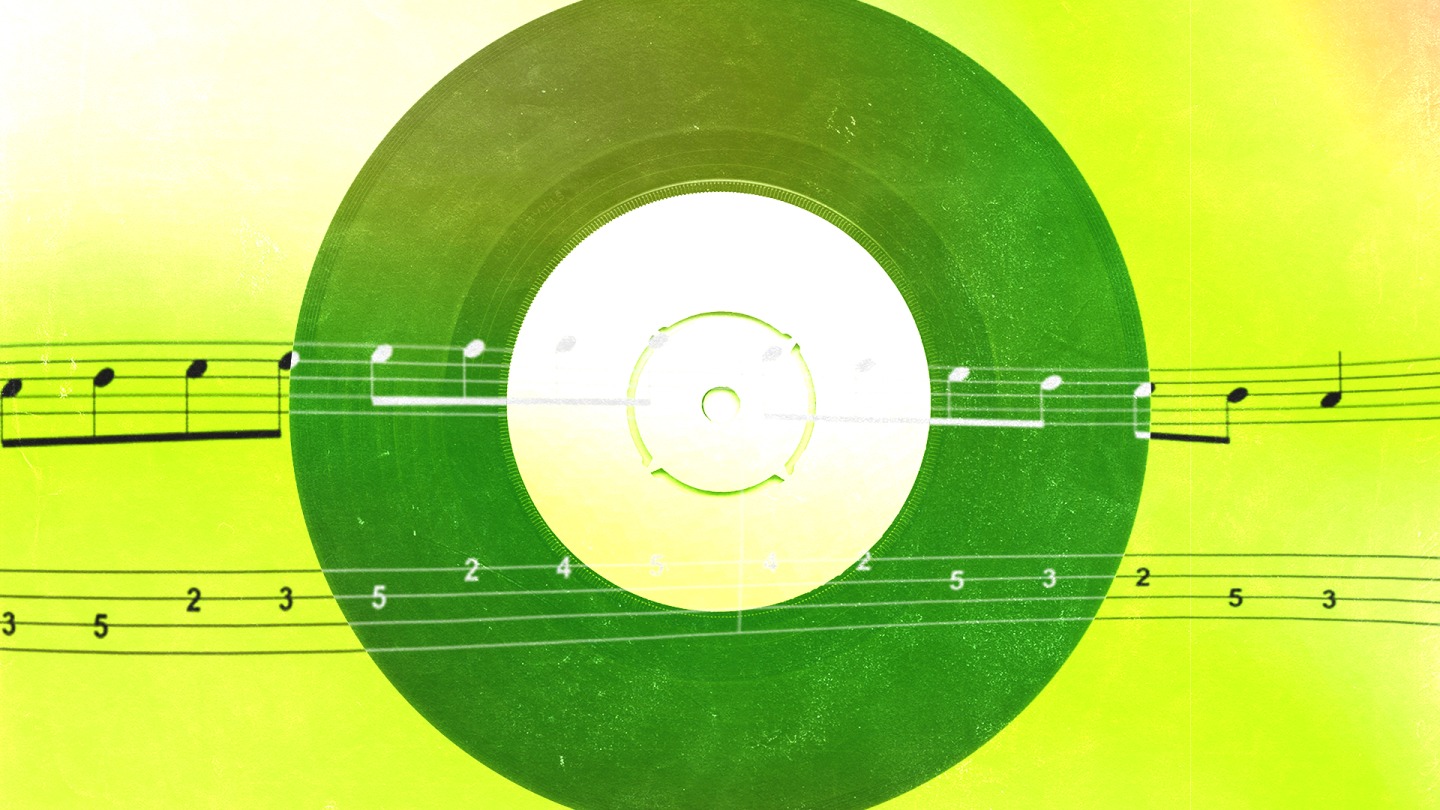
The mixolydian mode is one of the most common alternatives to the major scale in popular music.
It’s among the most widely used of the basic musical modes.
But identifying mixolydian and using it in your own music can be confusing if you haven’t worked with it before.
In this article I’ll explain the basics of the mixolydian mode, how to build it from the major scale and where you might consider using it in a song.
Let’s get started.
What is the mixolydian mode?
The mixolydian mode is the fifth mode of the major scale. It’s one of the so-called ‘church modes’ with roots in the pre-tonal era of music composition.
Mixolydian is called the fifth mode because it’s the scale that shares its construction with the seven note sequence beginning on the fifth degree of the major scale.
That said, mixolydian differs from the major scale by only one semitone. Instead of a leading tone 7th as in the major scale, the seventh degree of the mixolydian mode is a flatted seventh.
This quality gives it some similarities with the common blues scales used to improvise over the twelve-bar blues.
However, mixolydian’s major third gives a unique sonic flavor that’s used often in rock, pop and R&B for applications beyond the 12 bar blues.
Music theory for producers
Get inspired by learning theory.

Mode basics
Modes are scales with unique constructions that have been in use since the earliest days of western music.
Before the transposable major scale became common, modes were used almost like keys to give composers different melodic structures to work with.
In addition to the mixolydian mode, the modes of the major scale include Ionian, Dorian, Phrygian, Lydian, Aeolian and Locrian.
Each mode has a unique scale formula that can be derived from the standard major scale.
If you need the full refresher on modes, head over to our in-depth guide to learn more.
How to build the mixolydian mode—two methods
With the background out of the way, here are two ways to find the mixolydian scale formula for any root.
Parent scale method
As I mentioned above, mixolydian is the fifth mode of the major scale.
That means you can build it in any key by working backwards five steps to find the major scale with the same formula.
Since this approach relates the mode back to the major scale from which it’s derived, it’s known as the parent scale method.
For example, if you need to find the notes in G mixolydian, count back five scale steps to find the parent scale of C major.
Then you can keep the parent scale’s key signature and play the seven note scale beginning on its fifth degree.
Scale alterations method
The first method will give you a general sense of how all modes are constructed.
But for modes with similar structure to the major scale it’s usually easier to just remember the scale degrees that are altered from the major scale formula.
In the case of the mixolydian mode, there’s only one alteration you need to remember, the flat seven.
All you need to do is swap the seventh degree of the major scale for a flatted seventh and you’ll have the mixolydian formula—easy!
How to use the mixolydian mode
Mixolydian is one of the easiest modes to use in practice. It’s such a recognizable sound that you may have already used it without realizing.
But if you need some ideas to get you started with mixolydian, here are some examples you to help you get it in your ears.
Major melodies with a twist
Mixolydian is close enough to the major scale that it can sometimes be used in its place to add flavor.
This is especially common over sustained chords for a stable, evocative sound that’s often used in psychedelic music.
A classic example of this technique in action is The Beatles’ Norwegian Wood. Its catchy mixolydian vocal figure is doubled in the sitar melody after each phrase under a static major chord.

A classic mixolydian melodic line.
Progressions with mixolydian chords
You can use the mixolydian mode to come up with progressions by building up triads or seventh chords on each degree of the scale.
The seventh chords in Mixolydian are:
| I7 | IImin7 | IIImin7b5 | IVmaj7 | Vmin7 | VImin7 | bVIImaj7 |
Conveniently, mixolydian contains major chords built on its first and fourth scale degrees, giving it similar harmonic resting places to the major scale.
The addition of a major chord built on bVII gives another interesting harmonic area to explore.
Finally a minor V chord adds an unexpected quality that softens the typical feel of the V chord.
Here are a selection of songs with progressions based on mixolydian material.
1. Royals – Lorde

Lorde’s 2013 hit is a classic example of a mixolydian progression with easily recognizable bass movement from I to bVII to IV.
The IV chord feels stable and comfortable coming from bVII and the vocal melody contains the characteristic Mixolydian flatted seventh.
2. Clocks – Coldplay

This song’s verse progression features the moody minor V chord found in the mixolydian mode.
With a unique progression that ends on IImin7, it showcases how versatile it can be when used well.
3. Sweet Home Alabama – Lynyrd Skynyrd

This classic southern rock hit leans on mixolydian’s major blues feel with another progression focused on I, bVII and IV.
It provides a nice blank canvas for the solos and instrumental vamps at the song’s end.
Mixolydian mood
Mixolydian is an important sound to learn for writing songs.
Whether you’re looking for the timeless feel of 60s psychedelia or just a simple way to spice up a melody, there are infinite ways to use it once you know how it works.
If you’ve made it through this article you’ll have a great start with the mixolydian mode.
Gear guides, tips, tutorials, inspiration and more—delivered weekly.
Keep up with the LANDR Blog.


![8 House, Techno and EDM Chord Progressions Every Producer Needs [Free MIDI Pack]](https://blog-api-dev.landr.com/wp-content/uploads/2023/02/EDM-Chords2023Featured.jpg)
